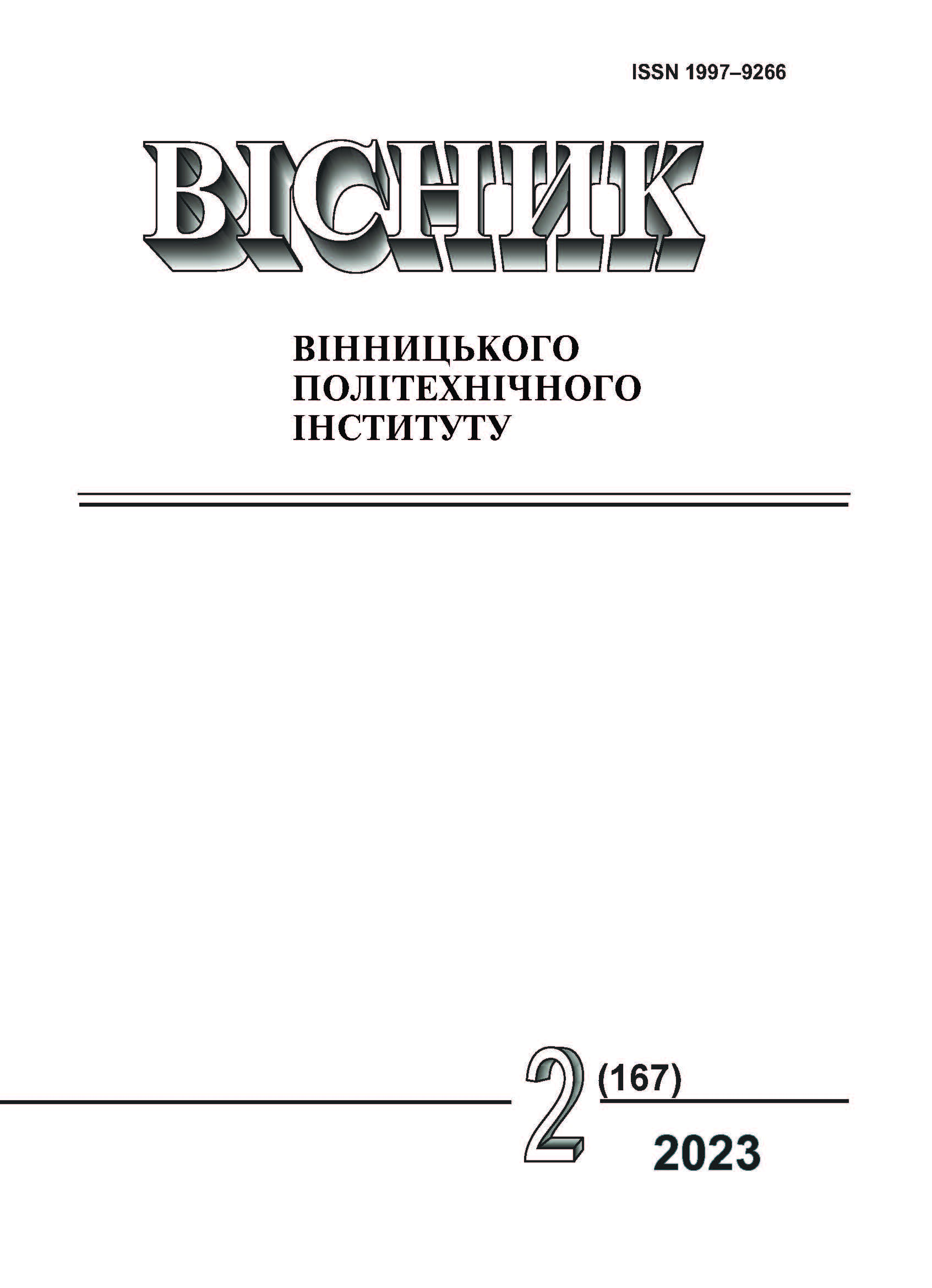Electro-Acoustic Path of the Detector for Detection of Small Unmanned Aerial Vehicles
DOI:
https://doi.org/10.31649/1997-9266-2023-167-2-135-144Keywords:
drone, small unmanned aerial vehicle, spectrum, signal processing, signal detection, amplifier with an automatic gain control system, analog-to-digital converterAbstract
Small unmanned aerial vehicles have become increasingly popular in recent years for both commercial and recreational use. However, with the onset of war, the threat of using such drones for illegal purposes such as reconnaissance operations and terrorist attacks on the most vulnerable and important targets — military equipment, government buildings, airports or places with a large concentration of people — has rapidly increased. As a result, many methods have been developed for detecting drones, but the most promising of these is considered to be the acoustic method. This article discusses the implementation of a simple and inexpensive acoustic detector with a single microphone, enabling the detection of the sound emitted by the drone engines and propellers, which can then be analyzed to determine the location and trajectory of the unmanned aircraft.
To register sound waves, it was proposed to use the electret microphone CMA-4544PF-W with a foam windscreen, and to ensure a wide dynamic range and protect the detector from overload, an amplifier with an automatic gain control system with feedback regulation based on the integrated circuit MAX9814. For further digital signal processing on a PC, an analog-to-digital converter with a sampling frequency of 48 kHz and a bit depth of 16 bits will be used, as well as an external sound card CM6206 with a line input.
As a result of test flights, a database of audio files of the noise of the DJI Mavic 2 Pro quadcopter was created, which is now actively used by the military for reconnaissance, the accuracy of object detection by the acoustic detector was studied. The distance from the drone to the microphone affected the accuracy of detection, and the maximum value of reliable detection was 40 meters. The device successfully performs its functions, given its low cost and ease of use, but requires improvement to enhance its characteristics. The spectra of the obtained audio recordings of quadcopter emissions make it possible to determine the main frequencies of tones, the number of which coincides with the number of electric motors and are important features for further identification of the drone.
References
G. C. Birch, J. C. Griffin, and M. K. Erdman, UAS Detection, Classification, and Neutralization: Market Survey 2015. United States: N. p., 2015. https://doi.org/10.2172/1222445 .
S. Park, H. T. Kim, S. Lee, H. Joo, and H. Kim, “Survey on Anti-Drone Systems: Components, Designs, and Challenges,” in IEEE Access, vol. 9, pp. 42635-42659, 2021. https://doi.org/10.1109/ACCESS.2021.3065926 .
С. О. Сокольський, i А. В. Мовчанюк, «Огляд методів виявлення та локалізації малих безпілотних літальних апаратів,» Вісник НТУУ "КПІ". Серія: Радіотехника. Радіоапаратобудування, № 87, с. 46-55, Грудень, 2021. https://doi.org/10.20535/RADAP.2021.87.46-55 .
А. В. Коротун, Н. А. Смирнова, i Я. В. Карандась, Методичні вказівки до практичних занять та самостійної роботи з дисципліни «Мікро- і наносенсори» для студентів спеціальності 153 «Мікро- та наносистемна техніка». Запоріжжя, Україна: НУ «Запорізька політехніка», 2019, 85 с.
Reclamination Managing Water in the West. Resource management plan Navajo reservoir area Colorado and New Mexico. Final environmental assessment and finding of no significant impact. Colorado, USA: Navajo Reservoir RMP/FEA, June. 2008, pp. 295-296.
М. Є. Сухов, С. Д. Бать, В. В. Колосов, i О. Г. Чупаков, Схемотехніка високоякісного звуковідтворення. Київ, Україна: Техніка, 1992, 127 c.
И. М. Мыценко, Д. Д. Халамейда, «Импульсный логарифмический усилитель с автоматической регулировкой усиления в диапазоне частот 1 МГц…8 ГГц,» Радіофізика та електроніка, т. 23, № 1, с. 4-9, 2018. https://doi.org/10.15407/rej2018.01.004 .
С. O. Koзерук, і О. В. Коржик, «Виявлення, локалiзацiя та iдентифiкацiя малих літальних апаратів за акустичним випромінюванням,» Вісник НТУУ "КПІ", Серія: Радіотехніка. Радіоапаратобудування, № 89, с. 29-38, Вересень, 2022. https://doi.org/10.20535/RADAP.2022.89.29-38 .
С. O. Koзерук, і О. В. Коржик, «Кореляцiйний пеленгатор малих літальних апаратів,» Вісник НТУУ «КПI». Серія Радіотехніка, Радіоапаратобудування, № 79, с. 41-47, 2019. https://doi.org/10.20535/RADAP.2019.79.41-47 .
В. М. Карташов и др., «Информационные характеристики звукового излучения малых беспилотных летательных аппаратов,» Радиотехника: Всеукр. межвед. науч.-техн. сб., № 191, с. 181-187, 2017.
Мінрегіон України. 1 сесія. (2013, груд. 27). Наказ № 630, ДБН В.1.1-31:2013 Захист територій, будинків і споруд від шуму. [Електронний ресурс]. Режим доступу: https://dbn.co.ua/load/0-0-0-1814-20 .
Downloads
-
PDF (Українська)
Downloads: 218
Published
How to Cite
Issue
Section
License

This work is licensed under a Creative Commons Attribution 4.0 International License.
Authors who publish with this journal agree to the following terms:
- Authors retain copyright and grant the journal right of first publication.
- Authors are able to enter into separate, additional contractual arrangements for the non-exclusive distribution of the journal's published version of the work (e.g., post it to an institutional repository or publish it in a book), with an acknowledgment of its initial publication in this journal.
- Authors are permitted and encouraged to post their work online (e.g., in institutional repositories or on their website) prior to and during the submission process, as it can lead to productive exchanges, as well as earlier and greater citation of published work (See The Effect of Open Access).





